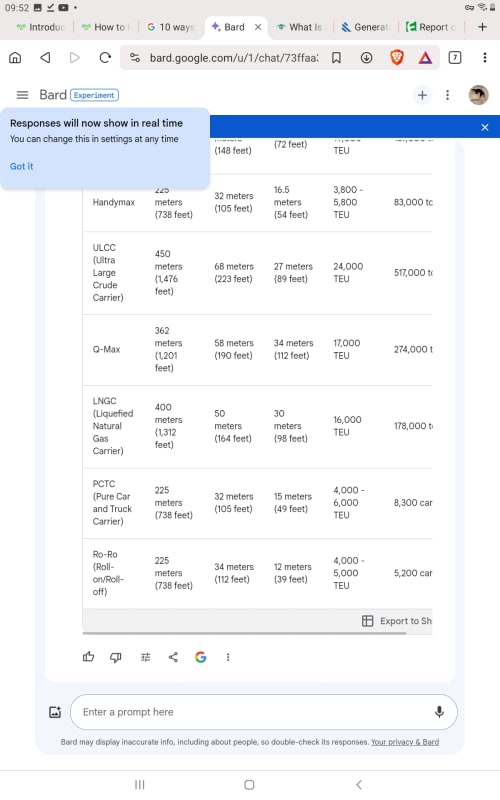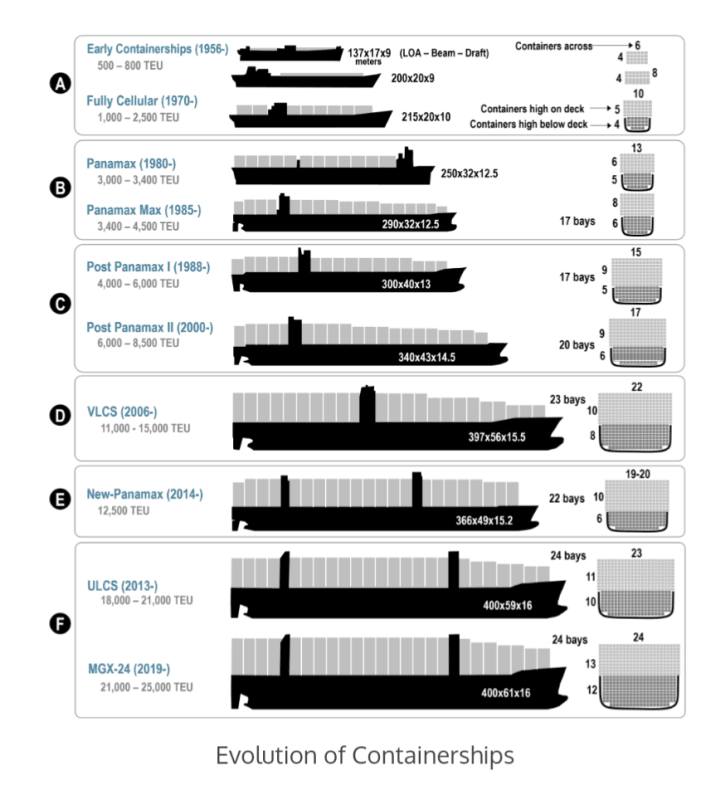-
1
- #1
spsalso
Electrical
- Jun 27, 2021
- 951
Here's a new post by Sal Mercogliano discussing the analysis of the grounding of this ship in the Suez Canal:
spsalso
spsalso
Follow along with the video below to see how to install our site as a web app on your home screen.
Note: This feature may not be available in some browsers.



